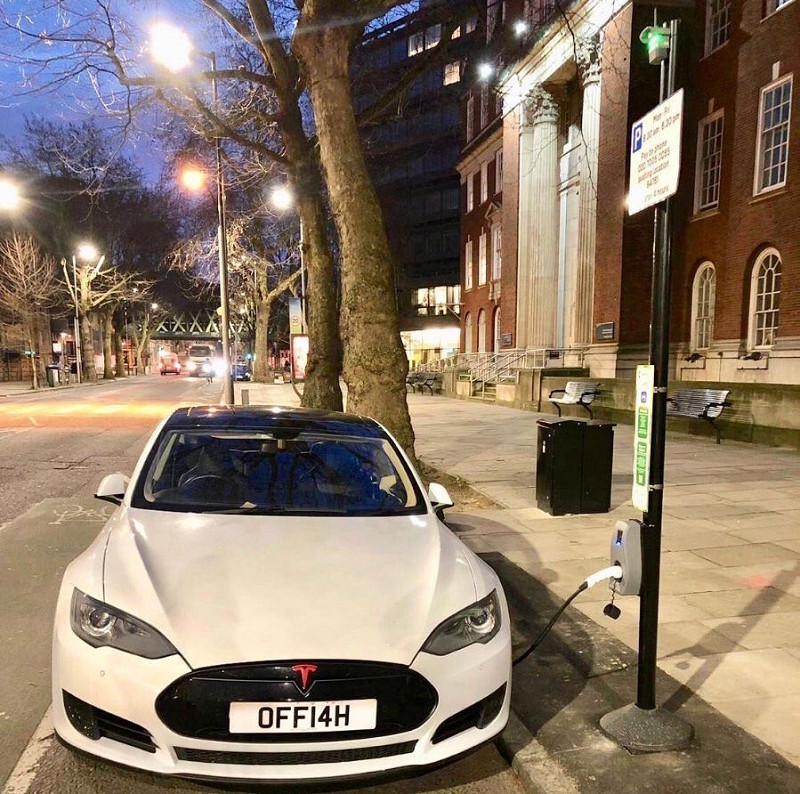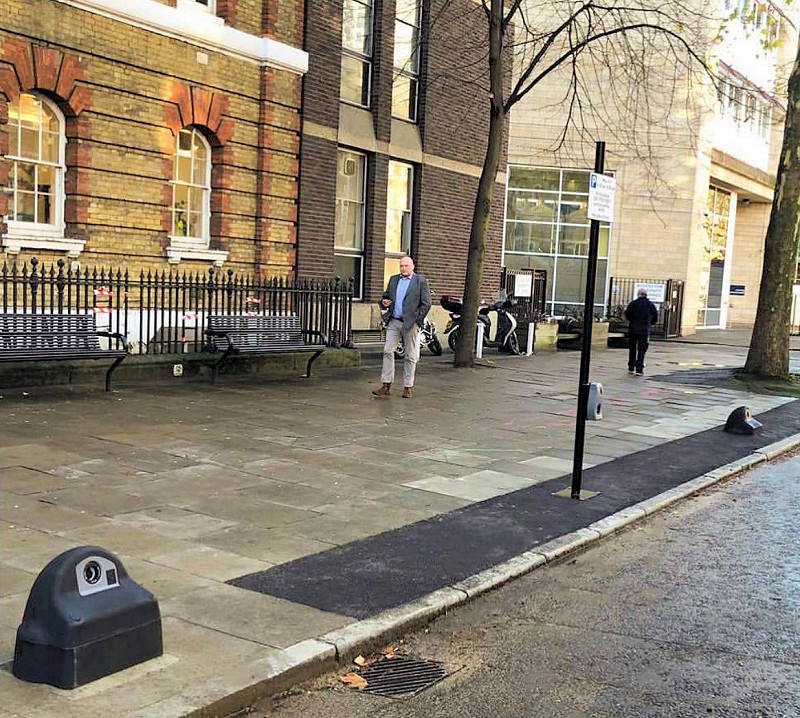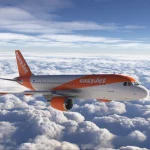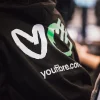Virgin Media UK Harness Broadband Cabinets for EV Car Charging UPDATE
The parent company to cable ISP Virgin Media, Liberty Global, is planning to test a new concept in the United Kingdom that would harness their existing cable ducts and broadband street cabinets in order to help deploy charging points on residential streets for electric cars (EVs).
Naturally the c.40,000 street cabinets used by Virgin Media’s cable broadband and TV network already have their own power supplies, which with some extra expense could be upgraded to support a new network of charging points for electric cars. Deutsche Telekom has done something similar in Germany with 12,000 of their own cabinets.
The fact that such cabinets would also have a data link could be another bonus, particularly with EVs generating ever more data about how they’re being used. According to the FT (paywall), Virgin Media has already received some public funding for the project (‘EV Charging for Public Spaces‘) from the Government’s Innovate UK programme (part of a plan to help reduce car emissions).
Advertisement
At first the new setup is due to be tested at only around six sites by Easter 2019, with the first trial starting this week in Southwark (supported by start-up Connected Kerb). Going forward it’s also anticipated that Streetplug and JuiceNet may become involved, although this is still subject to negotiation and possibly the outcome of Virgin’s trials.
As we understand it the operator would be more likely to support the construction of new charging points near to their existing street cabinets (via existing cable ducts and connectivity), as opposed to completely converting their own cabinets. Liberty Global are also planning to conduct similar trials in Belgium via Telenet.
The move could give telecoms operators another avenue to extract additional revenue from their existing networks. However we suspect that doing something like this might be much harder for arch rival Openreach (BT), which has certain regulatory responsibilities to consider with respect to cable ducts and other aspects of their infrastructure. We did ask Openreach but they declined to comment.
UPDATE 31st Jan 2019
Advertisement
We have been trying to get some clarification from Connected Kerb on precisely how they’re harnessing Virgin Media’s infrastructure (we think they’re using their fibre ducts for a new power cable and also data connectivity from their cabinets) but have so far been unable to get a response. In the meantime we have added some pictures of the new system below and included a comment from business ISP Glide.
Ben King, Director at Glide, said: “There are certainly a few stumbling blocks when it comes to adapting our existing telecoms infrastructure to support electric vehicle charging, not least from a health and safety perspective. Running power cables at high voltage through telecoms ducts would only be possible from a safety perspective with fibre, meaning any copper telecoms cables wouldn’t be adaptable.”
“Secondly, the cabinets typically sit on the back of a footpath, meaning the car charging cable would act as a trip hazard, and there would need to be ample space for a car to park without blocking the pavement. There is also an issue with planning permission, as The Electronic Communications powers we use to plant cabinets grants us permission to do so only for the purpose of providing telecoms services, whereas EV chargers would require planning permission. It would be interesting to understand how Virgin Media plan to execute this in practice – we’ll definitely be watching with interest.”
We also have some details of the charging rules. Apparently the max stay in a charging bay is 4 hours and the cost is usually £3.50 per hour (includes the cost of parking while paying to charge). See Smartkerb.com for more info. on that and if you stay longer than 4 hours then expect a £10 penalty.
Advertisement



Mark is a professional technology writer, IT consultant and computer engineer from Dorset (England), he also founded ISPreview in 1999 and enjoys analysing the latest telecoms and broadband developments. Find me on X (Twitter), Mastodon, Facebook, BlueSky, Threads.net and Linkedin.
« Wireless ISP Quickline Acquires UK Rural Broadband Rival JHCS

















































Comments are closed